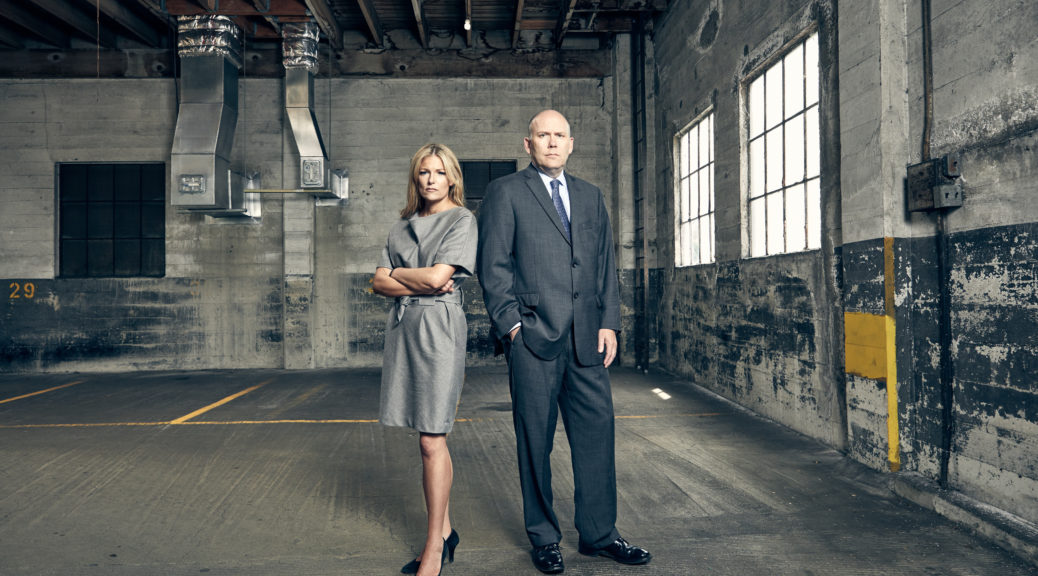Olson Brooksby Has Extensive Experience With Product Liability Work in Oregon
Olson Brooksby defends product liability (including consumer products regulated by the CPSC such as lead toys and non-consumer products such as aircraft) and personal injury cases, with an emphasis on the defense of high exposure cases.
Both Kristin Olson and Scott Brooksby have tried product liability cases to verdict. Their product liability practice includes, but is not limited to: aviation (aircraft and components), heavy equipment (including tractors, forklifts, loaders, logging equipment, and scissor-lifts), and industrial equipment used in the fabrication of raw steel and metals (including rollers, punch-presses, laser torches and other sample burners and test equipment).
Kristin Olson and Scott Brooksby also have experience with the following kinds of cases:
– Aviation, aircraft and their component parts.
– Paints, solvents, coatings, detergents, and pesticides, including benzene and toluene cases which resulted in liver and kidney transplants.
– Toys and recreational products, including paint ball guns, toys containing battery fire hazards, pogo sticks, pools, lead toys imported from India that were swallowed by children, toys allegedly containing lead paint, and inflatable and other recreational towables pulled behind boats.
– Tempered glass and conventional glass.
– Foreign objects or other alleged dangerous defects in food and drink products and packaging.
– Drug and medical device cases, including fraudulent vitamins and device replacements for hips, knees, ray cages and pedicle screws.
– Home appliance cases involving allegedly defective washers, dryers, stoves, heaters and heating equipment, green technology, and water heaters.
– Chemicals that resulted in a fatal automobile fire, burning a family of five, including fatal burns to two children.
The Consumer Expectation Test
Three types of product defects are recognized in Oregon: design defects, manufacturing defects, or failure to warn. In any of these cases, to prevail on a product liability claim, the plaintiff must prove that the product was unreasonably dangerous. In design defect cases, risk-utility proof is not required to make a prima facie case.
Although Kristin Olson and Scott Brooksby have defended cases involving countless different types of consumer and other products, the test for liability in each case in Oregon is “the consumer expectation test” and this test is always the same. It applies regardless of whether the case is a negligence case or a strict liability action.
Under the consumer expectation test, the question is whether the product was “dangerous to an extent beyond that which would be contemplated by the ordinary consumer who purchases it, with the ordinary knowledge common to the community as to its characteristics.” McCathern v. Toyota Motor Corp., 332 Or 59, 77 (2001) (quoting RESTATEMENT (SECOND) OF TORTS §402A comment I (1979)). The plaintiff has the burden of proving that a product is unreasonably dangerous.
The consumer expectation test is objective. Jurors may not consider their own personal subjective views as to whether the product contained conditions that they themselves would expect. Similarly, they may not put themselves in the position of the injured plaintiff to make such a determination, but must apply the views of the community as a whole. The McCathern decision also made clear that the consumer expectation test is the only test properly given to the jury in a strict product liability case. For a good overview of Oregon product liability law, the McCathern decision is worth reading.
Who are Proper Defendants?
Strict tort liability applies to any person engaged in the business of selling or leasing products for use or consumption. This includes manufacturers, wholesalers, retailers, distributors, lessors, or in short, any person in the “stream of commerce”. For a party to be held strictly liable in tort, that party must have sold or leased a product under the statute. The Oregon product liability statute, codified at ORS 30.900 et. seq. provides that, “a manufacturer, distributor, seller or lesser of a product” may be subject to an action for a product that is unreasonably dangerous. The Oregon Legislature did not adopt the caveat to RESTATEMENT (SECOND) OF TORTS §402A caveat 3 (1965), which contains the caveat for component-part manufacturers. The Oregon
Supreme Court has ruled that component part manufacturers can be subject to strict liability for the sale of defective components. However, the manufacturer of a component part is not the subject of strict liability if the component was misapplied rather than defectively designed.
Important Considerations When Defending Products Cases in Oregon
One of the most important considerations at trial is jury selection. What are the perspective jurors’ views of governmental regulation of the product involved and products generally? Does the jury have preconceived attitudes and experiences that will make them favorable opinion leaders during jury deliberations, or do they have negative attitudes and opinions toward manufacturers or corporations that make them predisposed to award plaintiffs large verdicts no matter what the evidence?
Does one of the many defenses, including statute of limitations, statute of ultimate repose, alteration or unforeseeable misuse or modification apply? Was the danger of the product so open and obvious, and an alternative unavailable such that the utility and necessity of the product outweighed any danger? These and many other defense questions will require further analysis well before trial begins, and often before discovery begins. Disciplined defense strategy formation and execution, exhaustive development of potential defenses, and jury research are all be valuable in attempting to obtain defense or low verdicts.
